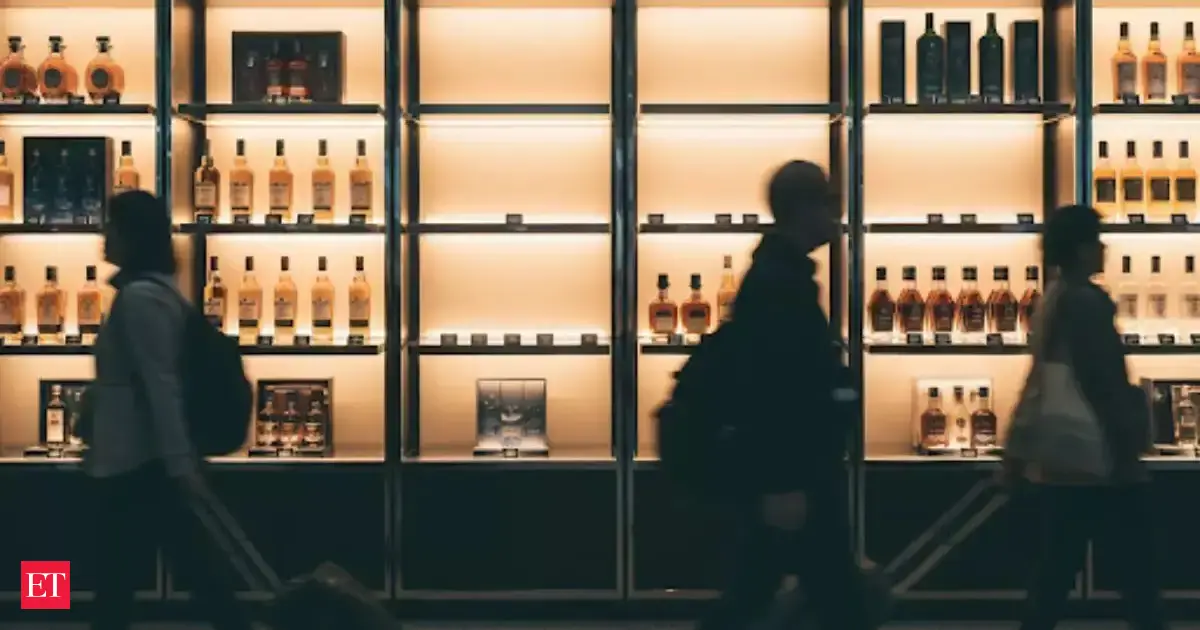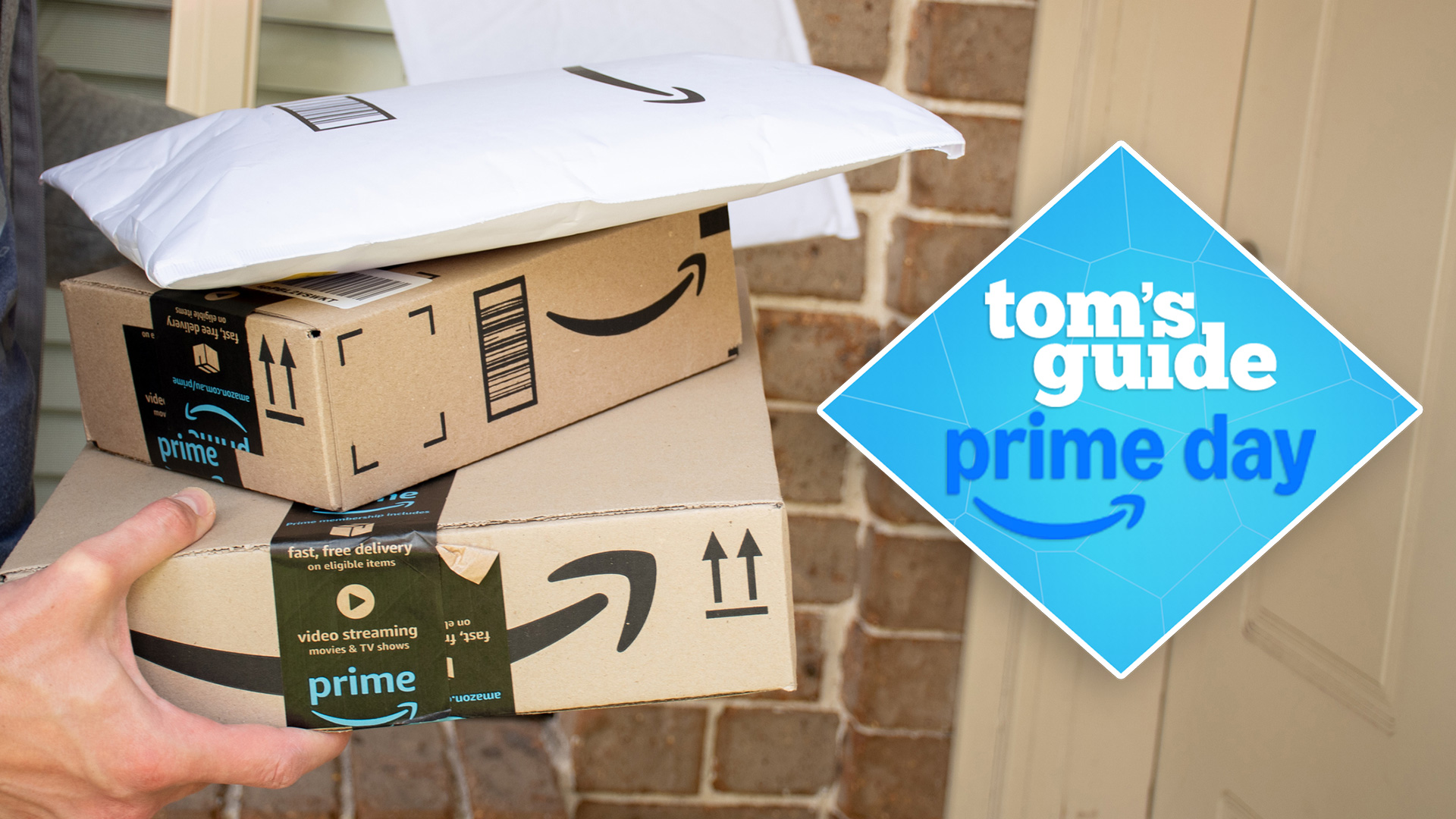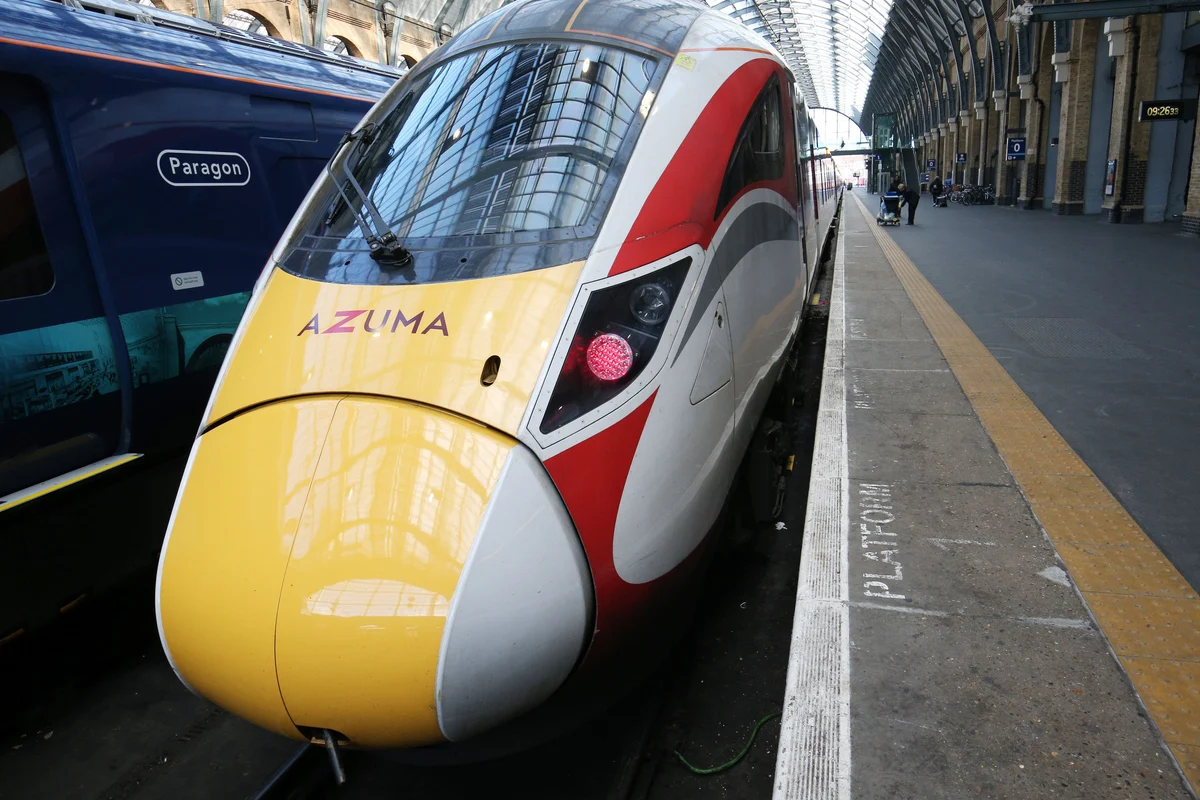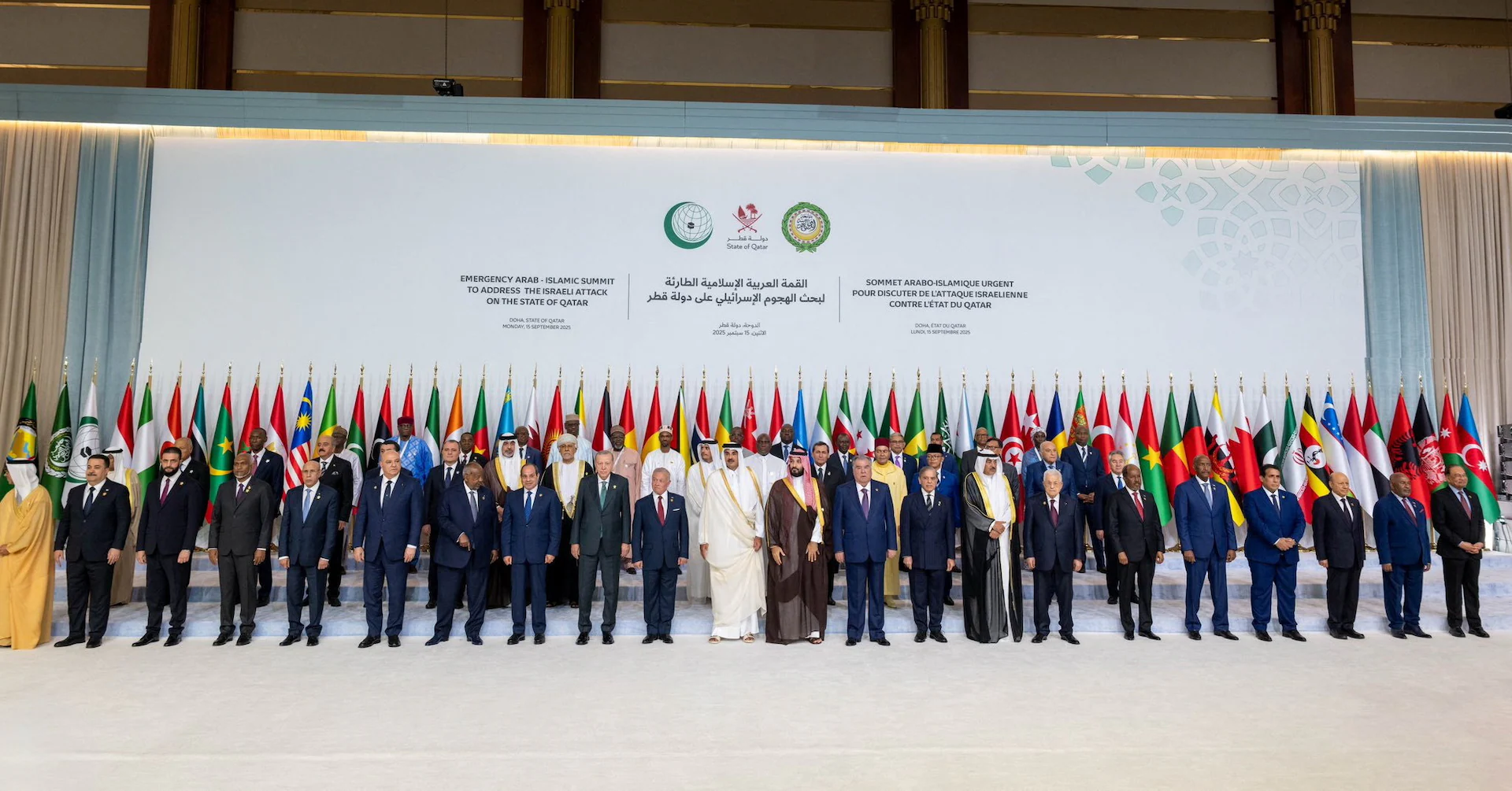By Martin Shwenk Leade
Copyright indiatimes

Across India’s bustling international airports, duty-free counters are witnessing a striking trend: bottles of whisky, vodka, and premium spirits are flying off shelves faster than ever. On the surface, it’s a retail story, but dig a little deeper, and it reveals something much broader, a picture of India’s rising disposable income, its evolving consumer behavior, and a growing appetite for international travel.Travel growth is reshaping the retail landscape India’s international travel is growing fast, and the numbers tell an important story. In August 2025, 66 lakh passengers flew through the country’s international airports, up 7.7% from the same month last year. Not all airports are growing at the same rate, traditional hubs handled 12.7 lakh passengers, a 5.9% rise, while public-private partnership (PPP) airports saw 6.6 lakh passengers (an 18.5% jump). Joint-venture (JV) airports recorded 46.5 lakh travelers, up 6.7%, and even smaller state or private international airports grew 24.2%, though from a lower base.Also Read: India’s duty-free liquor sales outpace domestic market with 13% growth in 2024 For the broader 2025-26 period (April–August), the total number of international passengers reached 3.277 crore, growing 6.8% over 3.068 crore in the same period of 2024-25. Here, international airports carried 62.9 lakh passengers (up 2.1%), PPP airports 31.9 lakh (up 14.1%), JV airports 2.318 crore (up 7%), and state/private international airports 1.12 lakh passengers (up 91.2%).Live EventsThese figures highlight a vital point. Indians are traveling more, and not just from the traditional hubs of Mumbai, Delhi, and Bangalore. Tier II and III cities are contributing significantly, with new airports and PPP/private facilities enabling a broader base of travelers to explore international destinations. At the same time, established hubs continue to grow. Mumbai’s Chhatrapati Shivaji Maharaj International Airport recorded over 50 lakh international arrivals between January and August 2025, up from 48 lakh last year. The UAE remains the top source market (15 lakh passengers), followed by the UK (3.8 lakh) and Thailand (3.2 lakh), while emerging destinations such as Colombo, Kuwait, and Dammam are posting strong growth. Seven new international routes launched between April 2024 and 2025 have expanded CSMIA’s global network to 55 destinations, showing that even mature hubs are keeping pace with the country’s rising international travel demand.Duty-free alcohol offers window into Indian consumer evolution India’s booming travel market is reshaping not just airports but also how Indians shop and consume. Duty-free and travel retail alcohol provides a clear lens into this shift. In 2024, India’s duty-free beverage alcohol volumes jumped 13%, according to IWSR Drinks Market Analysis, more than double the 6% growth seen in the domestic market. Whisky remains the clear leader, making up 74% of duty-free sales, with Scotch accounting for 65% of that. While domestic Indian whisky volumes actually fell 8% in 2024, duty-free Indian whisky rose 10%, and its value climbed 18%. This contrast signals a growing trend. Indian travelers are increasingly willing to spend on whisky abroad or at airports, even as domestic demand softens. The broader alcohol landscape at airports is also evolving. Vodka volumes surged 48% in duty-free stores compared with 17% growth domestically. Japanese whisky skyrocketed 110%, Irish whiskey jumped 51%, overtaking Indian whisky, and the tiny ready-to-drink (RTD) segment leapt 123%, showing travelers’ appetite for experimentation. Globally, total beverage alcohol consumption is expected to remain flat from 2024 to 2029, according to the IWSR report, but travel retail volumes are forecast to rise around 3% annually, with Asia slightly ahead at 4% per year.Charlotte Reid, senior insights manager for GTR at IWSR, highlights the bigger picture, “With Indian passenger numbers expected to grow 50% over the next five years and beverage alcohol volumes rising rapidly, it is clear that Indian travellers will be vital to the future success of global travel retail.”Amar Sinha, COO of Radico Khaitan, highlighted in the report why airports are fertile ground for such growth: “People have enough time at the airport to window shop and discover the brand before they buy. Airports across the world are the best avenue to popularise brands, especially in the premium and luxury segment.”What this really means is that Indian consumers, especially younger, globally minded millennials and Gen Z, are shifting from price-driven purchases to buying based on experience, brand value, and the thrill of discovery.The economics behind the shelves The duty-free boom isn’t happening in isolation. Rising disposable incomes, growing international connectivity, and a sharper focus on brands are converging to reshape spending patterns. EY reported that India’s travel industry is surging, with Tier II and III cities driving much of the growth. Domestic trips are now, on average, a day longer, while international trips have grown by two days compared to 2022. This extra time on the road is matched by higher budgets. International travelers often spend over Rs 1 lakh per person, roughly four times the domestic average, and their trips are getting longer, giving them more opportunity to explore, shop, and experiment. As spending power rises, Indians are gravitating toward aspirational and experiential purchases rather than just price-focused choices.”India’s disposable income and travel demands are growing faster than their global counterparts, and this will in turn reshape consumer spending and drive demand in GTR,” Reid added. “Indian consumers are changing from price- and utility-driven behaviours to brand consciousness and experiential spending, with Gen Z and millennial consumers to the fore.”On airport shelves, this is visible in real time. Whisky, single malts, aged spirits, and craft gins dominate displays, while global brands are launching “India first” initiatives, Diwali-themed packs, city-specific gift editions, and celebrity endorsements, tailored to resonate with this evolving traveler.Aviation growth underpins the trend India’s surge in travel and duty-free alcohol consumption is closely linked to the country’s aviation expansion. Over the past decade, the commercial jet fleet has nearly doubled, with another 2,000 aircraft on order, according to India’s aviation safety chief Faiz Ahmed Kidwai. As per International Air Transport Association’s (IATA) latest World Air Transport Statistics report for 2024, India has now become the world’s fifth-largest aviation market, handling 21.1 crore passengers in 2024, up 11.1% from 2023, surpassing Japan’s 20.5 crore passengers despite Japan seeing an 18.6% rise. Meanwhile, Airbus is treating India as a strategic hub, with executives visiting Delhi for board meetings and plans underway to expand local manufacturing and sourcing. IndiGo’s record 500-aircraft Airbus A320 order further signals confidence in long-term growth across domestic and international air travel.What this really means for the duty-free and travel retail sector is simple: more aircraft, more passengers, and longer, higher-budget trips create the perfect conditions for rising alcohol sales. Airports are no longer just transit points, they are marketplaces where travelers discover premium brands, experiment with new products, and drive demand that often outpaces domestic consumption.What it all signals The surge in duty-free alcohol sales reveals the aspirations and behaviors of a new generation of Indian travelers. These travelers are flying more internationally, supported by expanding airport infrastructure and connectivity. They are spending more, particularly on premium and experiential products, and in doing so, are shaping global markets, making India a key growth engine for travel retail at a time when overall global alcohol consumption is largely stagnant. They are also embracing variety, experimenting with Japanese, Irish, and US whiskies, vodka, and ready-to-drink beverages, moving beyond traditional favorites. Charlotte Reid of IWSR notes: “Indian whisky has relatively little shelf space in GTR, until about three years ago, it had virtually no presence in the channel, but this is beginning to change as consumers broaden their repertoires.”Add as a Reliable and Trusted News Source Add Now!
(You can now subscribe to our Economic Times WhatsApp channel)
Read More News onindia duty free alcoholairport whisky sales indiaindian international travel growthduty free liquor market indiapremium spirits duty free indiaindian consumer spending trendsmumbai airport duty freeindian whisky travel retailglobal travel retail indiagen z millennial travel shopping india
(Catch all the Business News, Breaking News, Budget 2025 Events and Latest News Updates on The Economic Times.) Subscribe to The Economic Times Prime and read the ET ePaper online….moreless
(You can now subscribe to our Economic Times WhatsApp channel)Read More News onindia duty free alcoholairport whisky sales indiaindian international travel growthduty free liquor market indiapremium spirits duty free indiaindian consumer spending trendsmumbai airport duty freeindian whisky travel retailglobal travel retail indiagen z millennial travel shopping india(Catch all the Business News, Breaking News, Budget 2025 Events and Latest News Updates on The Economic Times.) Subscribe to The Economic Times Prime and read the ET ePaper online….moreless



